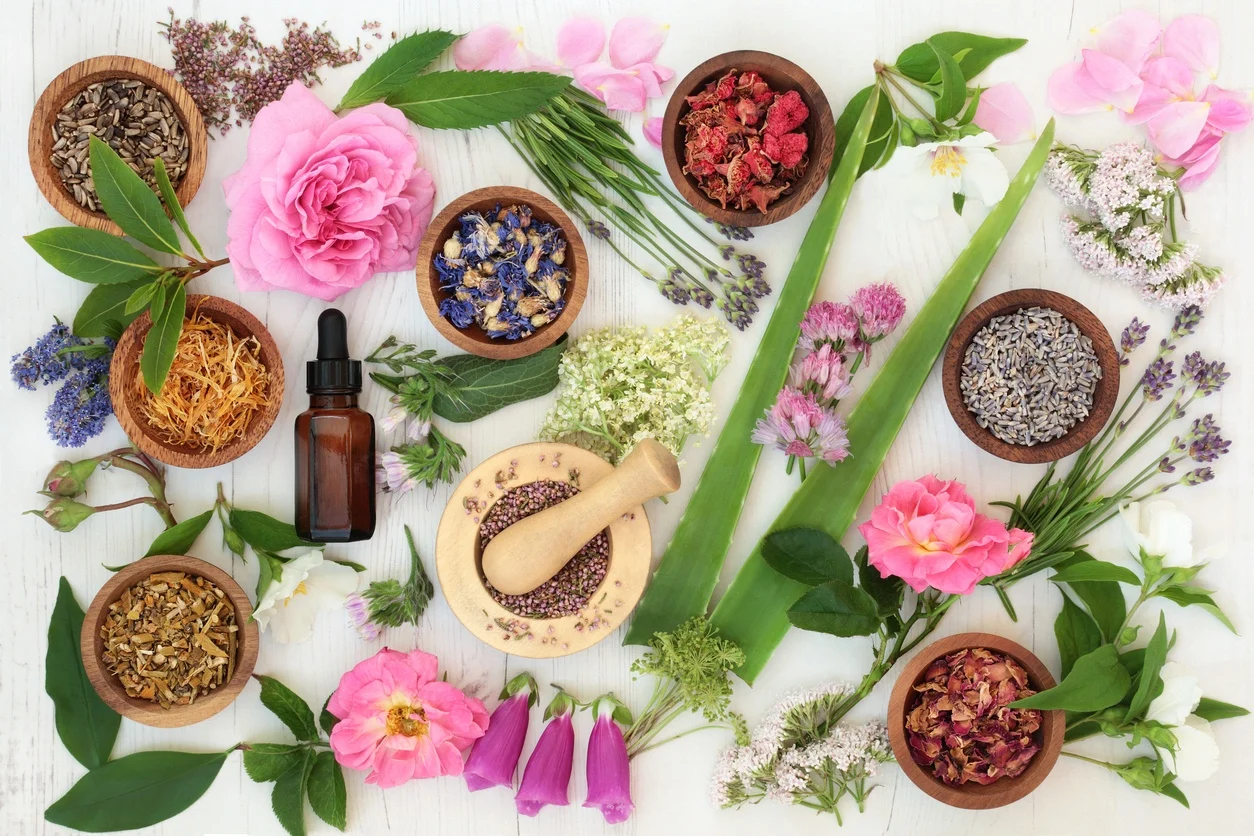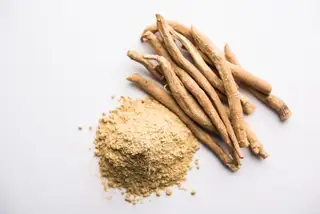
4 Foods That Help a Subchorionic Hemorrhage Heal
Subchorionic hemorrhage is a condition that can cause significant worry and concern for pregnant women. While medical intervention and rest are often prescribed, the role of diet in supporting the healing process should not be overlooked. In this article, we will explore four foods that have the potential to aid in the healing of subchorionic hemorrhage and promote a healthy pregnancy.
Understanding Subchorionic Hemorrhage
Before delving into the foods that can be beneficial, it's essential to have a clear understanding of what subchorionic hemorrhage is. A subchorionic hemorrhage occurs when there is a collection of blood between the chorion (the outer membrane surrounding the embryo) and the uterine wall. This can pose risks to the pregnancy, such as increased chances of miscarriage or preterm birth.
Food 1: Leafy Green Vegetables
Leafy greens like spinach, kale, and Swiss chard are powerhouses of nutrients that are crucial for the healing process. They are rich in vitamins K, C, and E, as well as folate.
Vitamin K plays a vital role in blood clotting, which is essential for stopping the bleeding associated with subchorionic hemorrhage. Vitamin C is an antioxidant that helps strengthen blood vessels and reduces inflammation, promoting the healing of damaged tissues.
Folate, on the other hand, is essential for fetal development and helps prevent neural tube defects. Examples of delicious ways to incorporate leafy greens into your diet include adding spinach to smoothies, making a kale salad, or sautéing Swiss chard as a side dish.
Food 2: Berries
Berries, such as blueberries, strawberries, and raspberries, offer a plethora of benefits for healing subchorionic hemorrhage. They are packed with antioxidants like anthocyanins, which have anti-inflammatory properties.
Inflammation can exacerbate the condition, and the anti-inflammatory effects of berries can help soothe the affected area and support the body's natural healing mechanisms. Additionally, berries are a good source of vitamin C, further enhancing their role in promoting tissue repair and strengthening the immune system.
You can enjoy berries as a snack, add them to yogurt or cereal, or make a refreshing berry smoothie.
Food 3: Lean Proteins
Including lean proteins in your diet, such as chicken, turkey, and fish, is essential for the healing process. Proteins are the building blocks of cells and tissues, and they are crucial for repairing and regenerating damaged areas.
Fish, especially fatty fish like salmon, is a great source of omega-3 fatty acids. These healthy fats have anti-inflammatory properties and can contribute to improved blood flow, which is beneficial for the healing of the hemorrhage.
Opt for grilled or baked lean proteins to keep the fat content low and ensure maximum nutritional benefits.
Food 4: Nuts and Seeds
Nuts and seeds, such as almonds, walnuts, and flaxseeds, are rich in essential nutrients that support the healing of subchorionic hemorrhage. They are high in vitamin E, which is a powerful antioxidant that protects cells from damage and promotes healing.
Flaxseeds, in particular, are a good source of omega-3 fatty acids and fiber. The fiber helps regulate digestion and maintain a healthy gut, which is indirectly related to overall health and the body's ability to heal.
You can snack on a handful of nuts or seeds throughout the day or sprinkle them on salads and oatmeal.
The Importance of a Balanced Diet
While these four foods can be particularly helpful, it's important to emphasize the significance of maintaining a balanced diet during pregnancy. A well-rounded diet that includes a variety of fruits, vegetables, whole grains, and healthy fats is essential for providing the necessary nutrients for both the mother and the developing fetus.
Hydration and Other Lifestyle Factors
In addition to a proper diet, staying hydrated is crucial. Drinking an adequate amount of water helps maintain blood volume and circulation, which is important for the healing process.
Avoiding strenuous physical activity and getting enough rest are also integral parts of the recovery process. Stress management techniques, such as meditation and deep breathing exercises, can help reduce stress hormones that may have a negative impact on the body's ability to heal.
Consulting a Healthcare Provider
It's important to note that while these foods can contribute to the healing process, they should not replace medical advice and treatment. Always consult your healthcare provider for personalized recommendations and to monitor the progress of the subchorionic hemorrhage.
A subchorionic hemorrhage can be a challenging experience during pregnancy, but by making intentional dietary choices, you can support your body's natural healing abilities. Incorporating leafy green vegetables, berries, lean proteins, and nuts and seeds into your diet, along with maintaining a balanced lifestyle, can go a long way in promoting healing and ensuring a healthy pregnancy. Remember, your healthcare provider is your best ally in this journey, and together, you can work towards a positive outcome.





